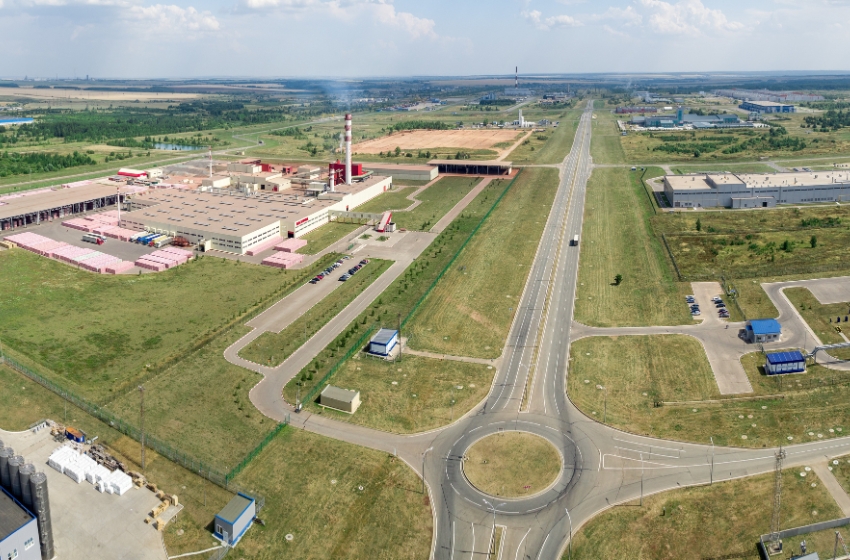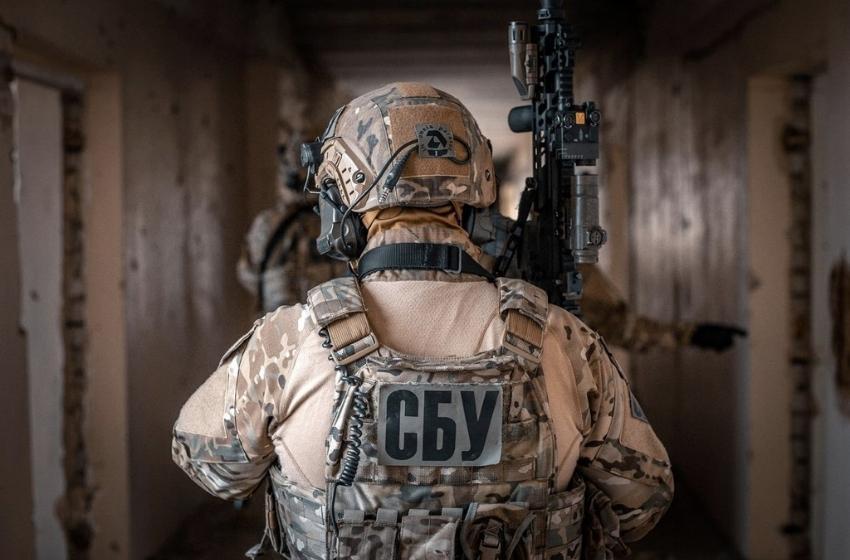The question of where and how Russia stores and launches its deadly Shahed drones has been on many minds. Ukrainian OSINT researcher Garbuz has meticulously gathered and analyzed extensive data on this topic, revealing crucial insights into the locations, infrastructure, and vulnerabilities of Russian drone bases.
The main drone hub: Alabuga, Oryol region
The largest and most notorious drone launch site identified is located in the village of Tsymbulova, Oryol region, about 175 kilometers from the Ukrainian border. This site, often referred to as the “droneport,” was even showcased in Russian state propaganda on the Zvezda TV channel.
The base features eight fixed launch platforms and a 2.8-kilometer-long road from which Shahed drones are launched from vehicles. Based on this setup, it is estimated that up to 14 drones can be launched simultaneously, with over a hundred drones potentially deployed in a single assault.
The facility contains 15 bunker-type storage units, one of which was partially destroyed from within using three Storm Shadow missiles, destroying more than 200 drone warheads. Overall, the site is believed to store up to 3,000 drone warheads, making it a significant and dangerous hub. According to Garbuz, this location has been the source of the majority of recent drone attacks.
Newer, smaller site: Navlya, Bryansk region
Another recently constructed but smaller facility is in the village of Navlya, Bryansk region, around 70 kilometers from the border. This base resembles the Oryol droneport but on a smaller scale.
It houses three bunker storage units holding over 600 drone warheads and three garages (compared to the Oryol site’s approximately one hundred). Unlike Oryol, this site lacks fixed launchers, relying exclusively on vehicle launches and only able to deploy a few drones at once. Expansion is possible in the future.
Tactical airfield launch site: Primorsko-Akhtarsk, Krasnodar Krai
At a tactical aviation airfield in Primorsko-Akhtarsk, roughly 230 kilometers from the front line, three small dedicated drone launch zones have been built. The airfield has eight fixed launchers and a runway from which drones can also be launched from vehicles.
Up to 10 drones can be launched simultaneously, with around 25 deployed in one wave. The site is defended by an S-400 battery, consisting of six launchers and two radar stations.
Summary and Strategic Assessment
These three are the most well-known drone launch sites actively deploying Shahed drones and imitators. There are likely additional similar locations in Crimea, though they remain difficult to identify.
The main hub remains the Oryol base.
Garbuz notes, “To significantly damage this site, dozens of Storm Shadow missiles and numerous drones would be required to destroy infrastructure. With precise timing, it would be possible to disrupt several major drone attacks and neutralize the base for a time. Unfortunately, without missile strikes, this is currently impossible.”
Successful strike example: Yeysk air defense training center
An example of successful disruption occurred at the 726th Air Defense Training Center in Yeysk. Military personnel lived in a small building near a tent warehouse storing 20 Shahed drones and over 90 reconnaissance UAVs.
Two Neptune missiles struck the site, damaging two buildings, injuring nine personnel, and killing one. The drone storage was completely destroyed. This site was supplied from a warehouse 35 kilometers away in Oktyabrsky, which was also destroyed by Neptune missiles.
As a result, Yeysk has ceased drone launches, illustrating the impact precise strikes can have on Russian drone operations.



















